What are aspheric lenses and why might you want to use them? Using the same revolutionary technology that has changed the way photographers choose their camera lenses, many reading glasses feature thinner and lighter lenses than ever. They’re called aspheric lenses, and increasingly more eyeglass wearers are making the switch. Let’s dive in to learn more about this lens technology and the benefits of this lens type.
What is an Aspheric Lens?
Traditional lenses have a bulgy, curved shape. Imagine the spherical surface of a ball. An aspheric lens is designed with less curvature than its traditional counterpart. Think: flatter and thinner. In both farsighted and nearsighted prescriptions, aspheric lenses provide a slimmer profile and minimize eye distortion without compromising optical quality. Let’s take a look at how conventional lenses are designed for far and nearsighted prescriptions:
- Lenses for farsightedness have a convex curve, meaning they are thicker in the center and thinner at the edges. The stronger the prescription, the more the middle of the lens bulges outwards creating what is often referred to as the “coke bottle effect.”
- Lenses for nearsighted prescriptions have a concave curve, meaning they are thinnest at the center of the lens and thickest at the edge.
For both types of prescriptions, aspheric lenses reduce the curve of the surface, either by minimizing the thickness of the center or the edges of the lens.
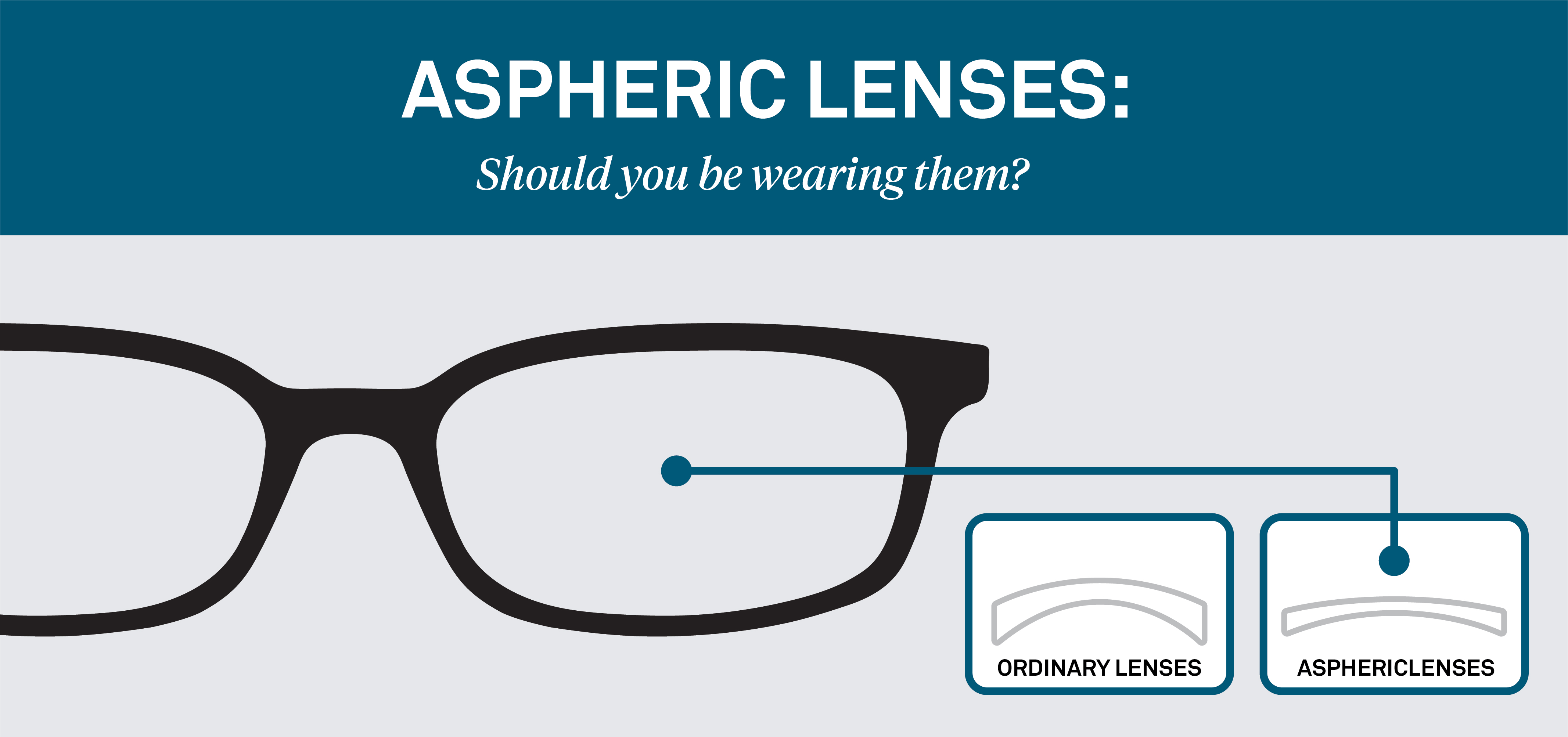
Benefits of Aspheric Lenses
- Less bulging of the lens, giving you a sleeker profile
- More frame options for individuals with strong eyeglass prescriptions or reading powers
- A more natural appearance of the eye (reduces the eye magnification that occurs with farsightedness and the smaller appearance of the eye that occurs with nearsightedness)
- Lightweight (less material is used to make the lens)
- Better peripheral vision
- Higher image quality (more consistent magnification throughout the lens)
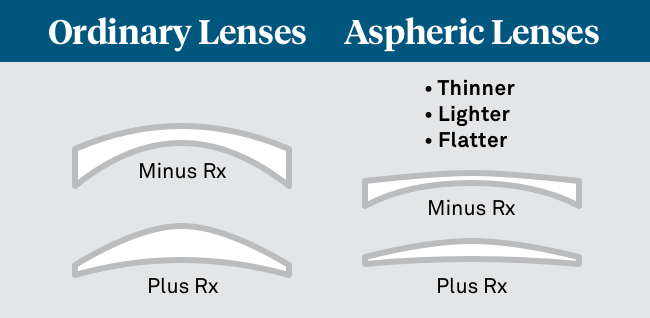
Buying Aspheric Lenses
With aspheric lenses, individuals with strong prescriptions do not have to worry about the thickness of the lens in the frame. This opens up their options when it comes to selecting a frame shape and size.
When choosing aspheric lenses, make sure that the center of your eye is lined up with the middle of the lens for clear vision.
You’ll find that aspheric lenses can be made out of a variety of materials, including plastic. However, they’re often made from a high-index material. Aspheric lenses tend to have more reflections, so an anti-reflective coating is recommended! Learn more about lens materials and coatings.
Who Should Wear Aspheric Lenses?
The short answer: Anyone.
The long answer: Individuals with strong farsighted prescriptions should choose aspheric lenses if they are concerned about the bulging appearance of the lens or the magnification of their eye. But aspheric lenses aren’t just in prescription eyeglasses, they are available in reading glasses, too! Aspheric reading glasses provide all the benefits mentioned above and are a particularly good choice for those with high reading powers (+4.00 and higher).
Never purchased reading glasses before? No problem! You can easily find your reading glasses power by using our free Power Finder tool.

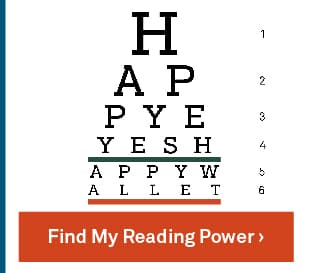

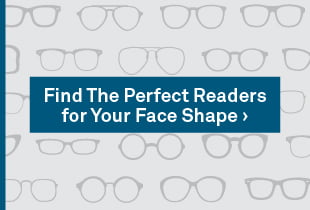
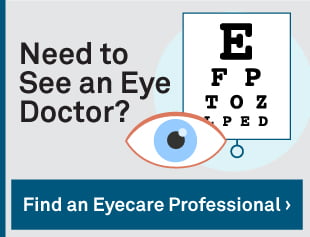
0 Comments